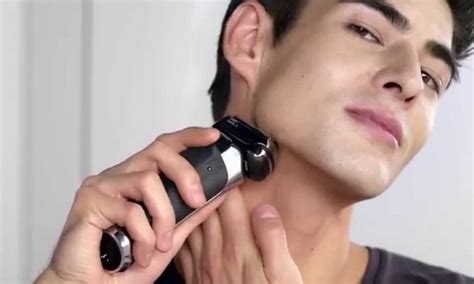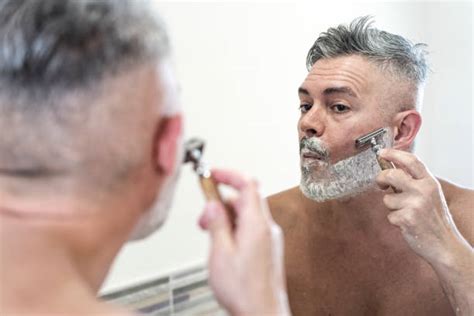Optimal shave routine: How to eliminate razor burn & ingrowns for peak performance?
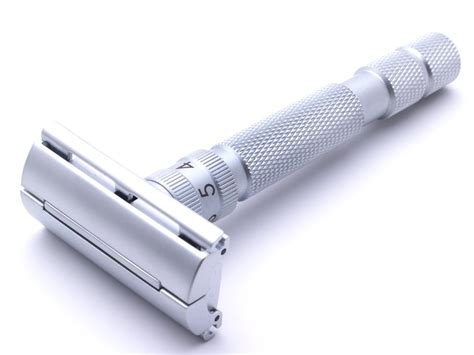
For many, the pursuit of a smooth, close shave is often marred by the persistent irritations of razor burn and ingrown hairs. These common grooming woes not only detract from a clean aesthetic but can also cause discomfort and confidence dips. Achieving “peak performance” in your shave routine means more than just a good blade; it requires a strategic approach from start to finish. This comprehensive guide will walk you through an optimal shave routine, designed to banish these frustrating issues and leave you with consistently smooth, healthy skin.
The Foundation: Pre-Shave Preparation
A successful shave begins long before the blade touches your skin. Proper preparation softens the hair, opens pores, and creates a protective barrier, drastically reducing friction and irritation.
1. Cleanse Thoroughly
Start by washing your face with a gentle, non-stripping cleanser. This removes dirt, oil, and dead skin cells that can clog pores and dull your razor. Use warm water to help open up the hair follicles.
2. Exfoliate (Key for Ingrowns)
Exfoliation is crucial for preventing ingrown hairs. Twice a week (or a day before shaving for sensitive skin), use a gentle facial scrub or a chemical exfoliant (like salicylic acid) to clear away dead skin cells that can trap growing hairs beneath the surface. For immediate pre-shave, a warm, damp towel compress for a minute or two can also effectively soften stubble.
3. Hydrate and Lather Up
Apply a high-quality pre-shave oil. This creates an extra layer of lubrication and helps the razor glide more smoothly. Follow with a rich shaving cream or gel, applied with a brush to lift hairs and create a dense, protective lather. Let it sit for a minute or two to further soften the beard.

The Shaving Process: Technique & Tools
Even with the best preparation, poor technique or inadequate tools can quickly undo your efforts. Here’s how to shave correctly to minimize irritation.
1. Choose the Right Razor
Multi-blade cartridges can sometimes cause irritation by pulling hairs before cutting. Consider a safety razor or a single-blade razor for a closer, less irritating shave. If using cartridges, ensure they are sharp and clean. Replace blades every 5-7 shaves or when you feel any tugging.
2. Shave With the Grain, Then Across (Optional)
The cardinal rule for preventing razor burn and ingrowns is to shave with the grain (in the direction your hair grows). This reduces tugging and minimizes irritation. For a closer shave, re-lather and shave across the grain. Avoid shaving against the grain, especially if you’re prone to irritation, as this significantly increases the risk of razor burn and ingrowns.
3. Light Touch, Short Strokes
Let the weight of the razor do the work. Apply minimal pressure. Use short, controlled strokes (about 1-2 inches) and rinse your blade frequently under warm water to clear away hair and lather build-up.
4. Stretch Your Skin
Gently stretch your skin taut with your free hand in the area you are shaving. This provides a flat, firm surface for the blade to glide over, preventing nicks and ensuring a more even cut.
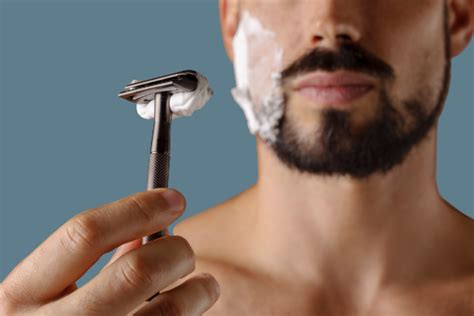
Post-Shave Care: Soothe & Protect
The moments immediately after shaving are critical for calming the skin and preventing issues from developing.
1. Rinse with Cold Water
After shaving, rinse your face thoroughly with cold water. This helps close pores, remove any remaining lather, and soothe the skin, reducing redness and inflammation.
2. Apply a Soothing Aftershave Balm
Avoid alcohol-based aftershaves, which can dry out and irritate the skin. Instead, opt for a hydrating, alcohol-free balm containing soothing ingredients like aloe vera, witch hazel, chamomile, or allantoin. These ingredients help calm post-shave irritation and reduce redness.
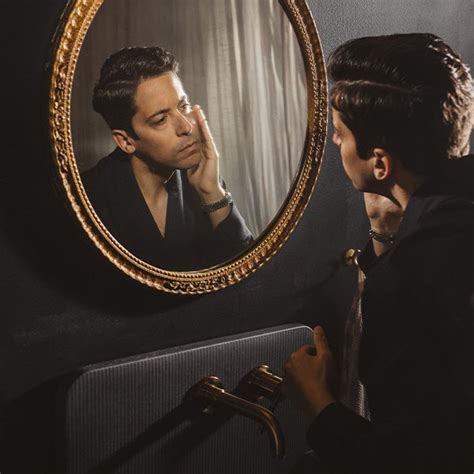
3. Moisturize Generously
Even if your aftershave has moisturizing properties, a dedicated non-comedogenic facial moisturizer is essential to replenish hydration and maintain skin barrier health. Hydrated skin is more resilient and less prone to irritation and ingrown hairs.
4. Address Ingrown Hairs Proactively
If you’re particularly prone to ingrowns, consider incorporating an ingrown hair serum or treatment pad that contains salicylic acid or glycolic acid a few times a week, applied to affected areas after moisturizing. This helps keep pores clear and prevents hairs from getting trapped.
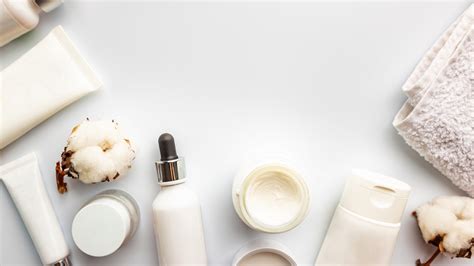
Advanced Tips & Maintenance
- Consistency is Key: Stick to your routine. Regular shaving with proper technique conditions your skin.
- Clean Your Tools: Always rinse your razor thoroughly after each use and store it in a dry place to prevent bacterial growth.
- Consider Your Diet: Healthy skin starts from within. A balanced diet and sufficient water intake contribute to overall skin health, making it more resilient.
- Give Your Skin a Break: If you’re experiencing persistent irritation, consider taking a day or two off from shaving to allow your skin to recover.

Conclusion
Eliminating razor burn and ingrown hairs is entirely achievable with a mindful and consistent shave routine. By focusing on meticulous preparation, refined technique, and targeted post-shave care, you can transform your daily shave from a chore into a luxurious ritual. Embrace these steps, and enjoy the confidence that comes with a consistently smooth, irritation-free complexion – peak performance for your skin, every single day.
